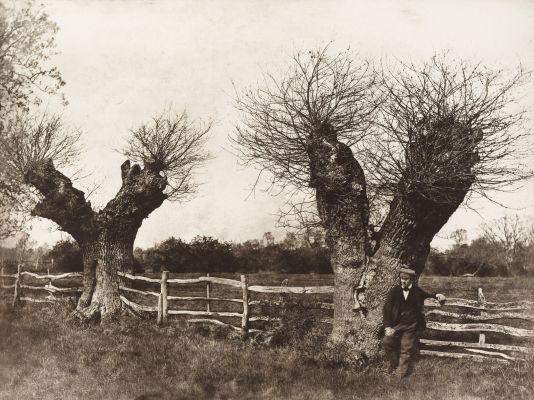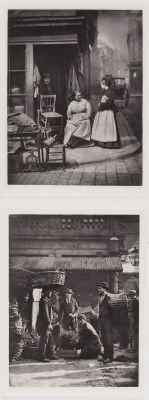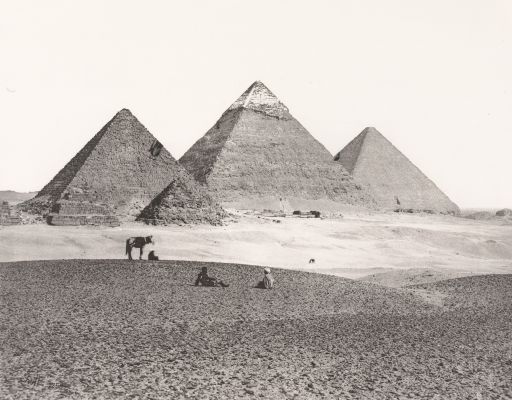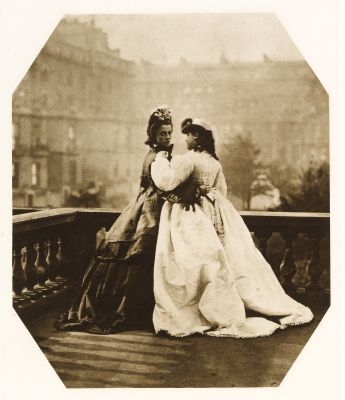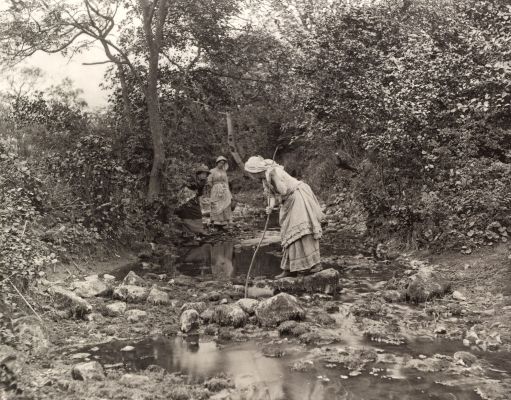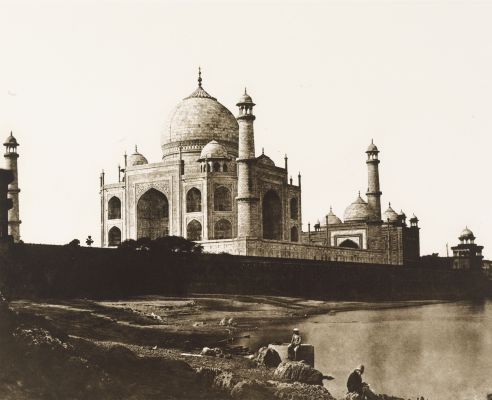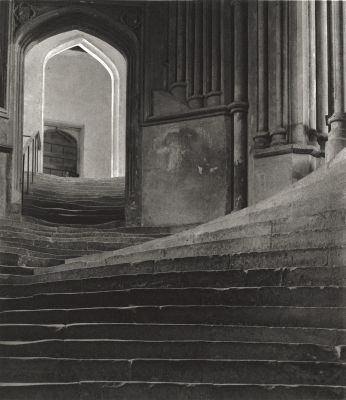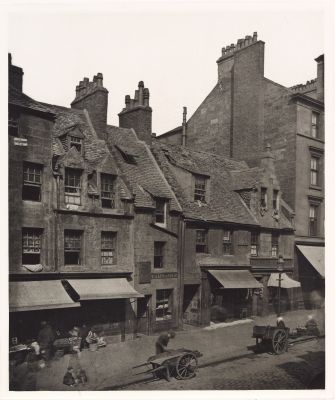
Title
The Old Order and the NewArtist
Emerson, Peter Henry (British, 1856-1936)Key FigurePublication
The Golden Age of British PhotographyDate
1984 plate (1886 negative)Process
PhotogravureAtelier
Jon Goodman Photogravure, MassachusettsImage Size
9 x 4.6 cm
Peter Henry Emerson (1856–1936) took photographs of laborers and fishermen on the rivers and Broads of Suffolk and Norfolk between 1885 and 1895. Emerson preferred pre-industrial ways of life to the new order, represented by steam-driven machines, which he felt destroyed traditional agriculture and opened up the region to tourists and mass production. He aimed to preserve the old ways of country life by using new photographic methods and promoted a style of photography that looked realistic, or what he called ‘naturalistic’. This meant using what he termed ‘differential focus’ to create images of the world just as natural eyesight sees it. Emerson was a strong proponent and practitioner of the photogravure process.
This portfolio contains sixteen hand-pulled dust-grain photogravures of rare masterpieces from Britain’s greatest photographers, published in association with the Victoria and Albert Museum and the Philadelphia Museum of Art. The portfolio features important works by nineteenth-century masters of the medium such as Julia Margaret Cameron, Frederick H. Evans, Lady Hawarden, David Octavius Hill and Robert Adamson, Oscar G. Rejlander, Henry Peach Robinson, William Henry Fox Talbot, and Benjamin Brecknell Turner. Wherever possible, the plates have been made from the photographer’s original negatives, many of which were unavailable until production of this portfolio. Each image is printed on cotton rag, mold-made papers, with inks created especially for this project.
References
Malcolm R. Daniel, and Florian Rodari. Graver La Lumière: L’héliogravure D’alfred Stieglitz À Nos Jours Ou La Reconquête D’un Instrument Perdu. Vevey, Suisse: Fondation William Cuendet & Atelier de Saint-Prex, 2002. p. 18
